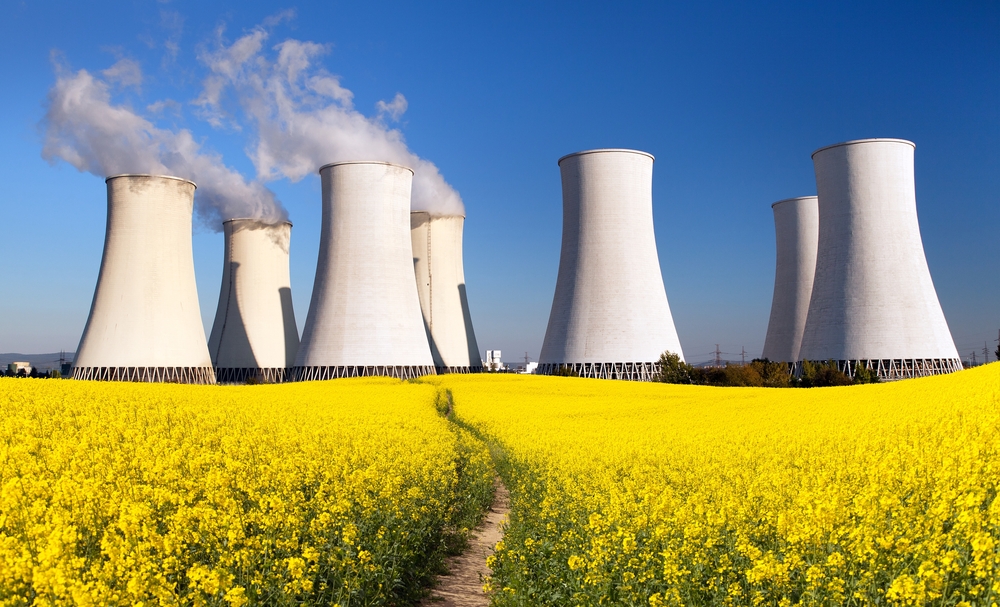
The United States Department of Energy (DOE) announced the University of Pittsburgh Swanson School of Engineering will receive $1.275 million for collaborative research that includes the Massachusetts Institute of Technology’s Reactor Laboratory, Westinghouse Electric Corporation, and the National Energy Technology Laboratory. The award is part of $66 million awarded by DOE to advance innovative nuclear technologies.
Kevin Chen, the Paul E. Lego Professor of Electrical and Computer Engineering at Pitt, will lead the collaborative study to develop radiation-hard, multi-functional, distributed fiber sensors, and sensor-fused components that can be placed in a nuclear reactor core to improve safety and efficiency. The grant is from the Nuclear Energy Enabling Technologies (NEET) program, part of the DOE’s Nuclear Energy University Program (NEUP).
“This NEET grant will allow our lab to continue its partnerships with leading technological companies and national laboratories to develop solutions to some of the most pressing issues affecting nuclear energy production,” said Dr. Chen. “Advances in sensor technology can greatly enhance the sensitivity and resolution of data in harsh environments like a nuclear reaction, thereby improving safety operations.”
The research will focus on the fabrication of the optic sensors using additive manufacturing and advanced laser fabrication techniques. The group will develop both high-temperature stable point sensors and distributed fiber sensors for high spatial resolution measurements in radiation-hardened silica and sapphire fibers, according to the funding report by the DOE.
In 2014, Dr. Chen received a $987,000 grant from the NEET program to study high sensitivity, high accuracy sensor networks. These fiber optical sensor networks allow nuclear engineers to be much more responsive to problems in the nuclear power reactors and fuel cycle systems, increasing safety and reducing operating cost.
“The networks we developed contain up to 100 sensors per meter and can be placed in critical locations to quickly relay information to the plant operators and isolate problems before they spread to other areas,” Dr. Chen explained.
In addition to the NEET grants, the University of Pittsburgh has received $2.8 million in funding from the DOE NEUP program between 2009 and 2016:
• General Scientific Infrastructure funding: $300,000
• Two research and development projects: $1,676,422
• Five fellowships: $770,000
• 11 scholarships: $70,000
Dr. Chen’s research into fiber optical sensing technology also earned him a 2017 Carnegie Science Award. The “Innovation in Energy Award” recognized Dr. Chen’s contributions to improving efficiency of energy production and safety of transportation infrastructures in the energy industry.



